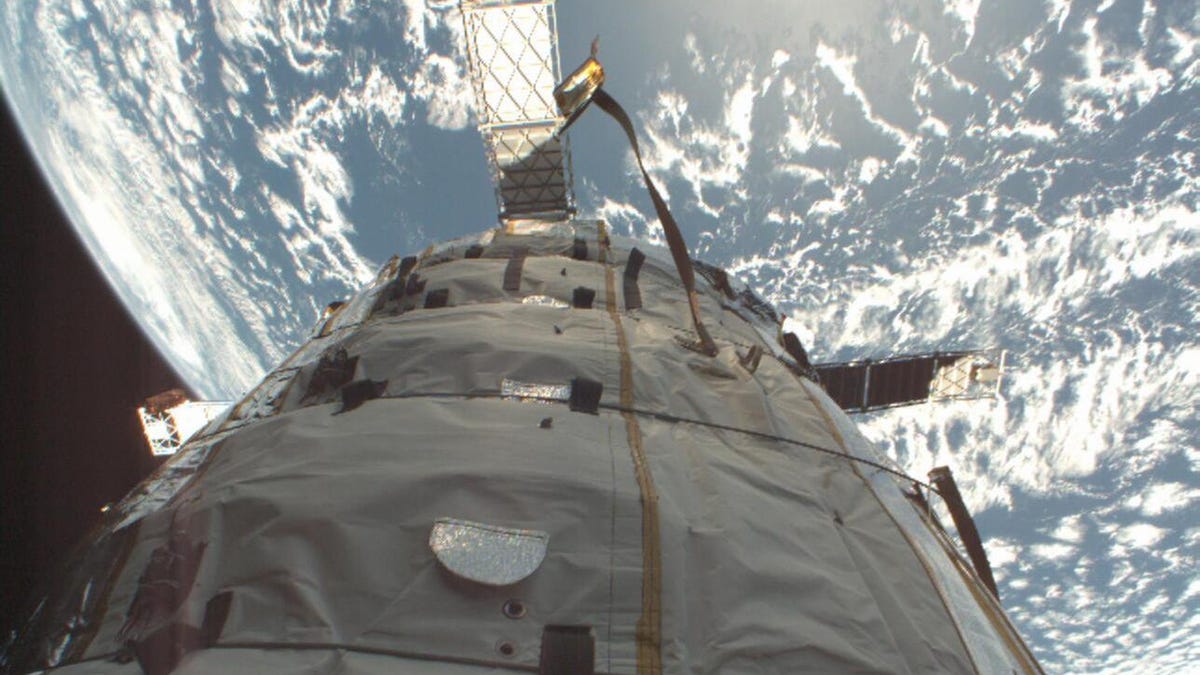Russian space junk could collide with experimental habitat
Space is getting crowded, and the Bigelow Aerospace Genesis II is in danger from a dead satellite.
It can get crowded in orbit. New satellites and spacecraft launch every year, while old ones collect around Earth, increasing the chances of unfortunate collisions.
Bigelow Aerospace's Genesis II, an inflatable space habitat test mission that launched in 2007, has a 5.6% chance of colliding with the dead Kosmos 1300 satellite early on Wednesday. That's enough of a chance to cause worry.
Today, we were notified by the US Air Force that there is a 5.6% chance that Genesis II will collide with dead Russian satellite Cosmos 1300 in 15 hours. Although this is a relatively low probability, it brings to light that low Earth orbit is becoming increasingly more littered. pic.twitter.com/l6McbDgRNo
— Bigelow Aerospace (@BigelowSpace) September 17, 2019
"Although this is a relatively low probability, it brings to light that low Earth orbit is becoming increasingly more littered," Bigelow tweeted on Tuesday, saying the US Air Force alerted it to the issue.
For comparison, the European Space Agency had to relocate a satellite to avoid a possible collision with a SpaceX Starlink satellite in early September. The chance those satellites could have hit was estimated at greater than 1 in 10,000.
Neither Genesis II nor the Russian satellite, which was launched all the way back in 1981, are capable of being moved within their orbital paths to avoid a crash. They are both examples of orbital debris at this point.
Bigelow was able to maintain communication with the test spacecraft for two years, but the test habitat is slowly and quietly working its way back toward Earth, where it's expected to eventually burn up in the atmosphere.
Bigelow followed up its initial tweet by saying, "Future habitable space stations will face this reality and danger. This proliferation, if not controlled in number, could become very dangerous to human life in low Earth orbit."
Future habitable space stations will face this reality and danger. This proliferation, if not controlled in number, could become very dangerous to human life in low Earth orbit.
— Bigelow Aerospace (@BigelowSpace) September 17, 2019
Bigelow called the Genesis program, which consisted of two uncrewed prototype habitats, "the first demonstration of expandable habitat technology." The company used those tests to feed into the design of the Bigelow Expandable Activity Module, an inflatable room successfully attached to the International Space Station in 2016.
Space debris is becoming a pressing issue and agencies are trying to work out how to manage it. These efforts include the RemoveDebris mission that tested methods for spearing and catching space junk in late 2018 and early 2019. The Federal Communications Commission looked into drafting new orbital debris rules in 2018.
Cleaning up orbit isn't as simple as sending up a space Roomba. It will take time for new rules to go into effect, for clean-up missions to advance and for old debris to burn up.


